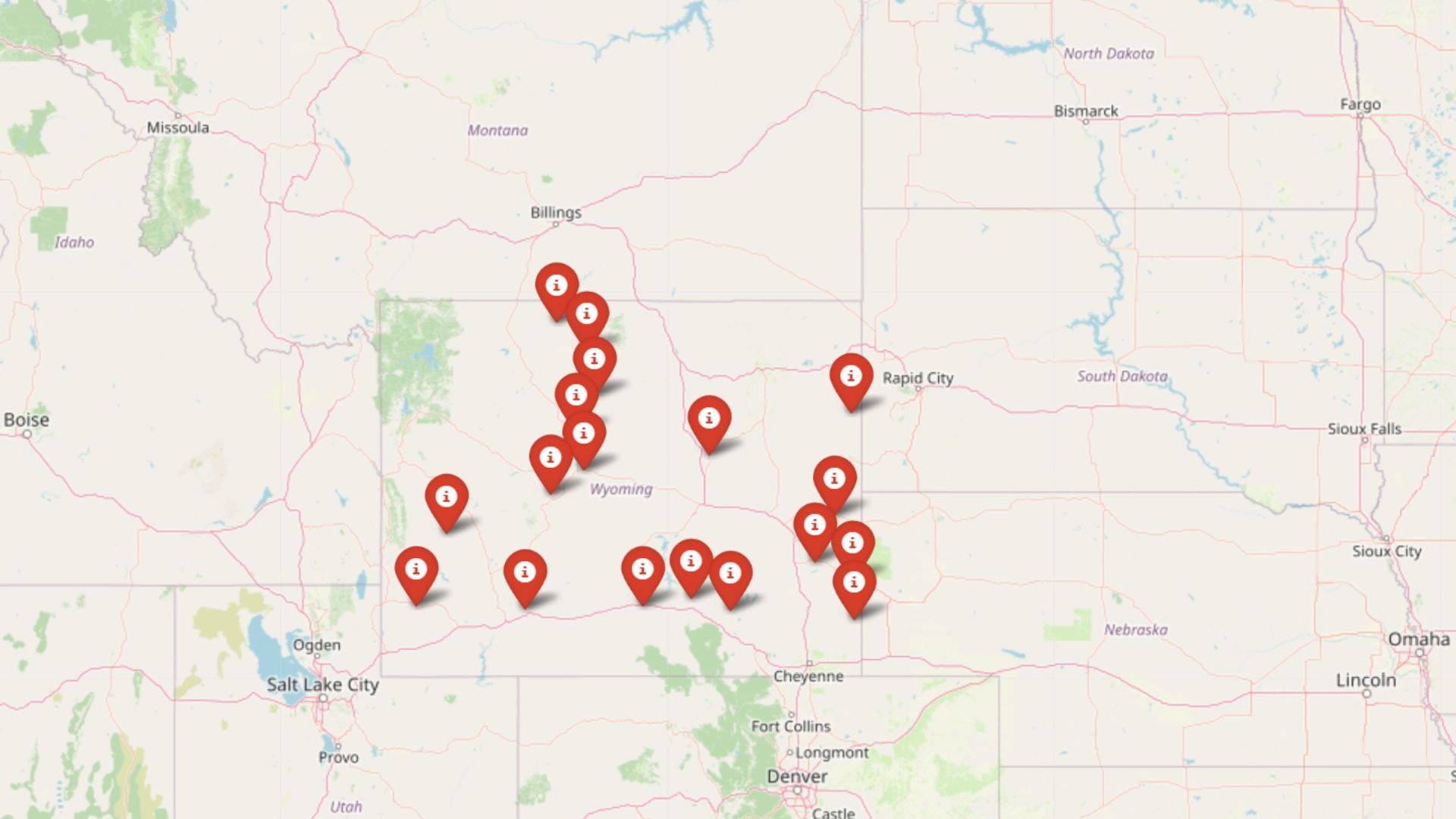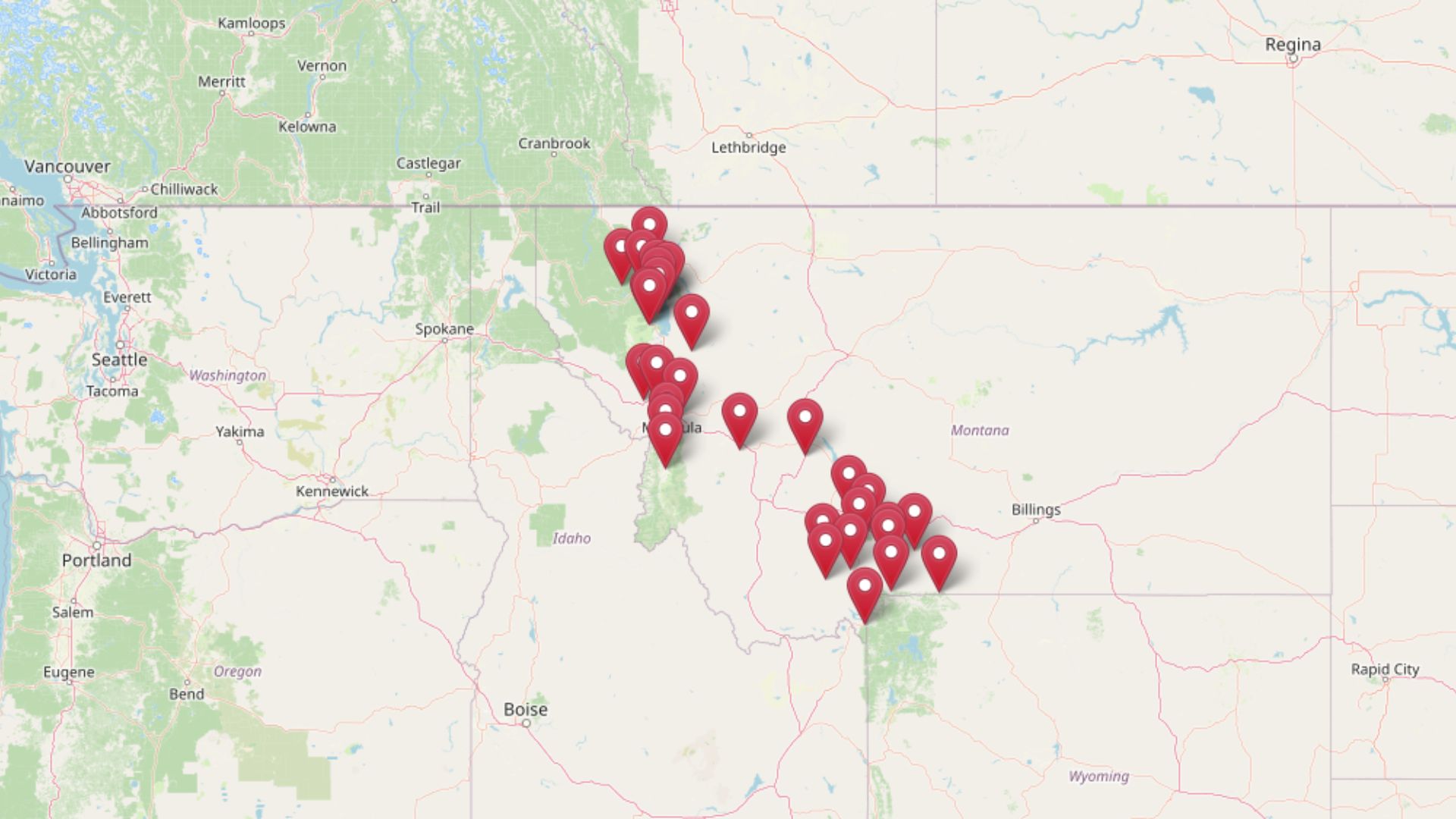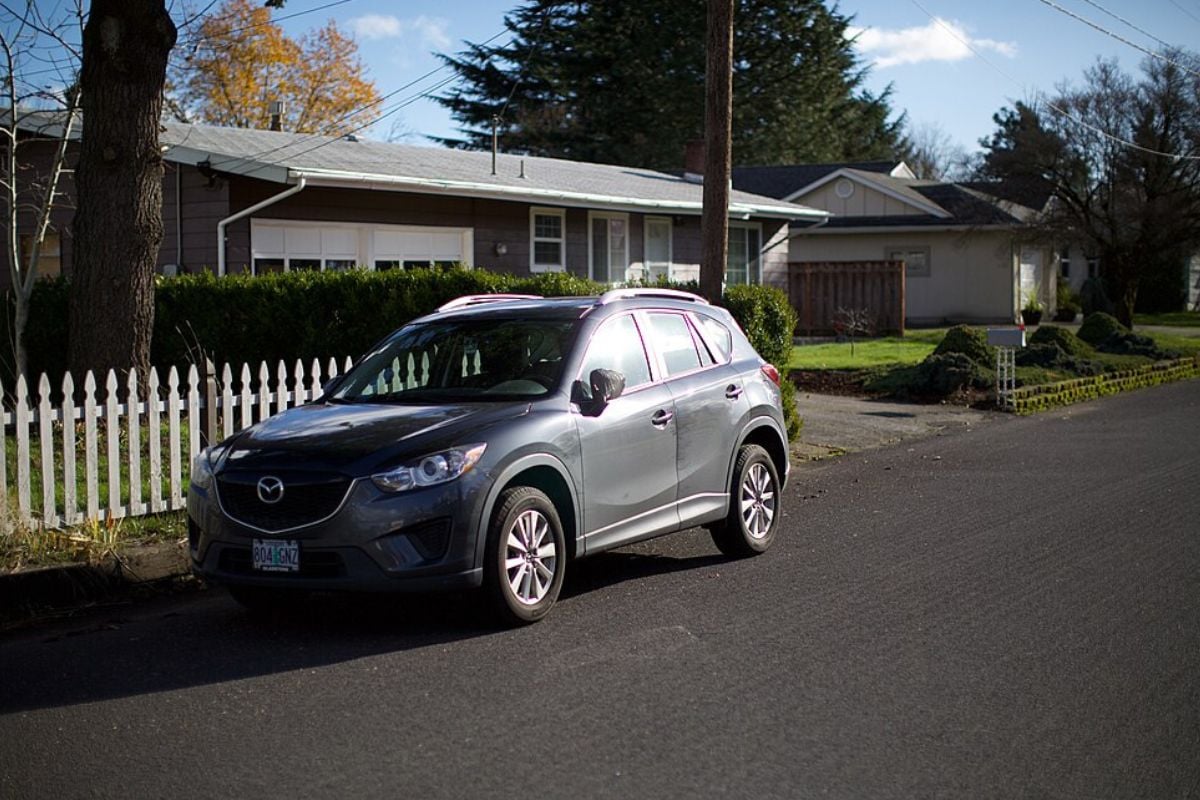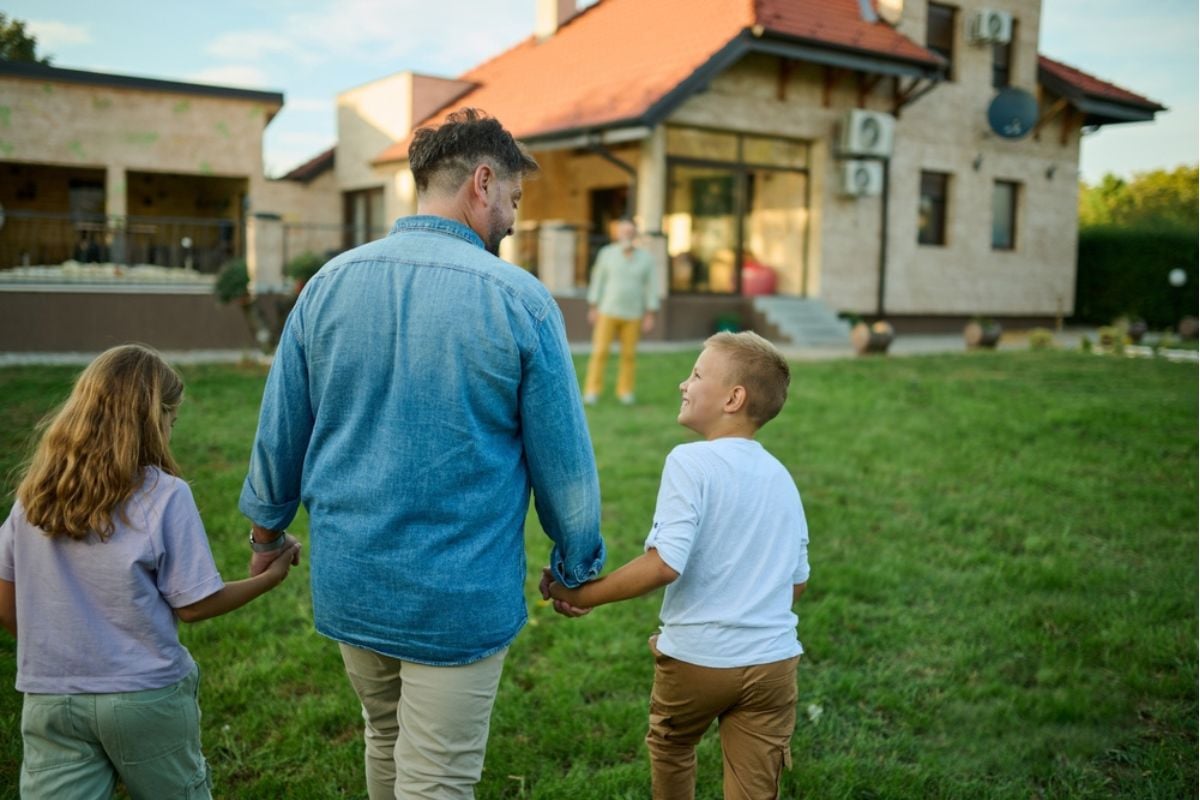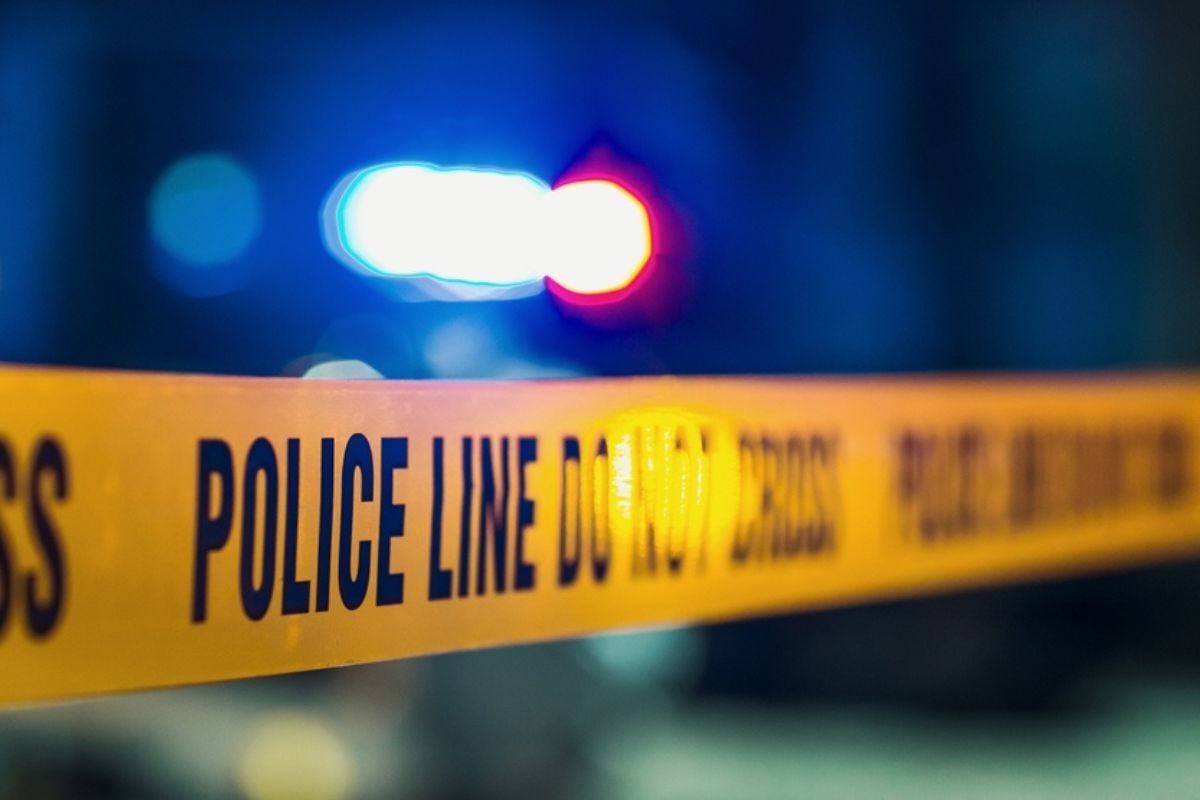
Crime rarely “just happens”; it builds, often telegraphed by little shifts in daily life that are easy to miss if you’re only looking at last year’s stats. From darkened blocks and vacant storefronts to clustering car break-ins and slower police response, the early signals are hiding in plain sight. Below, we’ve ranked 25 street-level warning signs—counting down from 25 to 1—so buyers, sellers, and homeowners can read the room, ask sharper questions, and take practical steps before small problems snowball.
Treat these as pattern detectors, not panic buttons. One sign might be noise; several appearing together—especially on the same corridor—usually point to real risk and the need for action. Walk the block at different times, scan public dashboards, and talk to neighbors and shop owners; they’re your best sensors.
25. Vacant storefronts and fewer shoppers

When shops close and stay empty, the street loses its natural “eyes on the street.” Fewer people walking by means fewer chances for bad behavior to be noticed. Empty stores also make an area feel less safe at night, which keeps even more people away. If you see lots of dark windows and fewer customers, it’s often a sign the area is struggling and may attract more crime.
24. Insurance rates climbing or new security requirements

If insurers suddenly raise premiums or insist on more locks, alarms, or cameras, it means they’ve noticed more claims in the area. Insurance companies have data that often reveals risks before official reports do. Higher costs make homeownership or renting more expensive, and landlords who don’t upgrade security may leave tenants exposed. If you hear of rising premiums on your street, it’s worth asking why.
23. Bus stops and transit areas becoming trouble spots
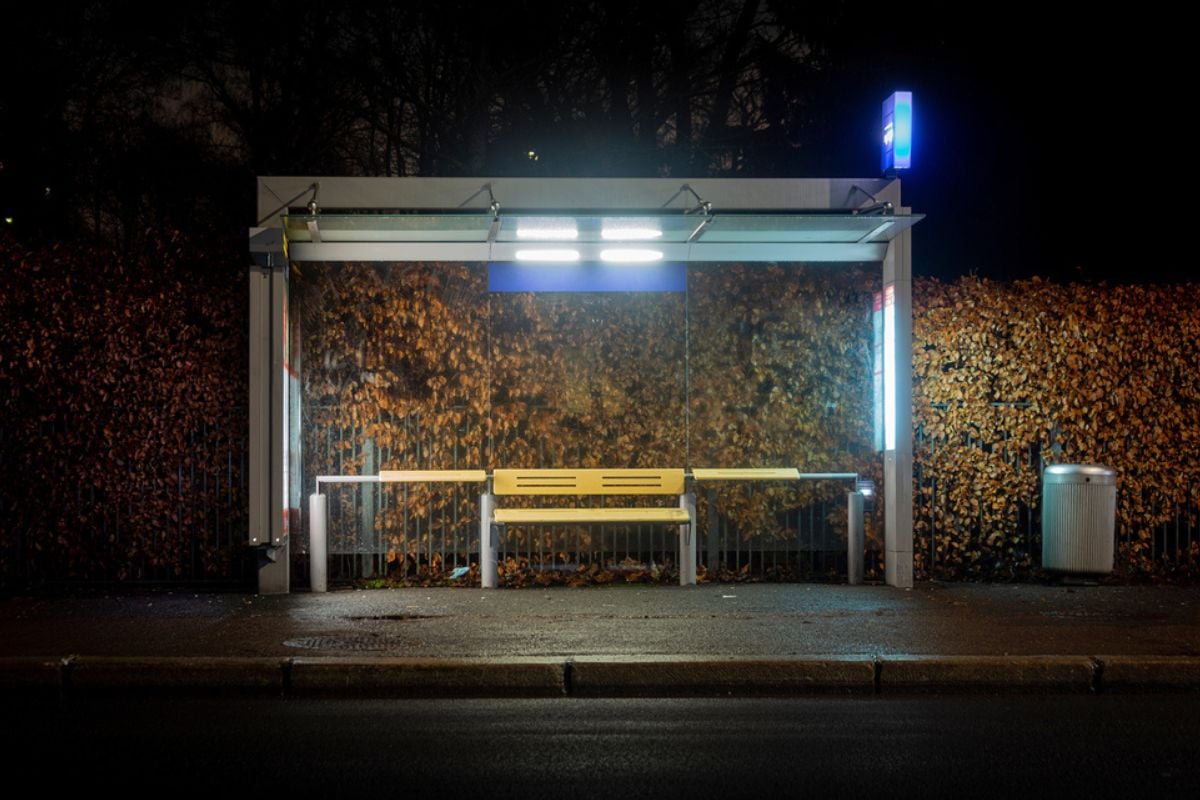
Public transit is busy and full of strangers, which makes it easy for theft or harassment to happen. Poor lighting and a lack of security staff make things worse, especially at night. If crime starts happening at one stop, it usually spreads to others along the same route. Choosing well-lit, busy stops is one of the simplest ways to reduce risk.
22. Small shops hit with break-ins or ATM smash-and-grabs
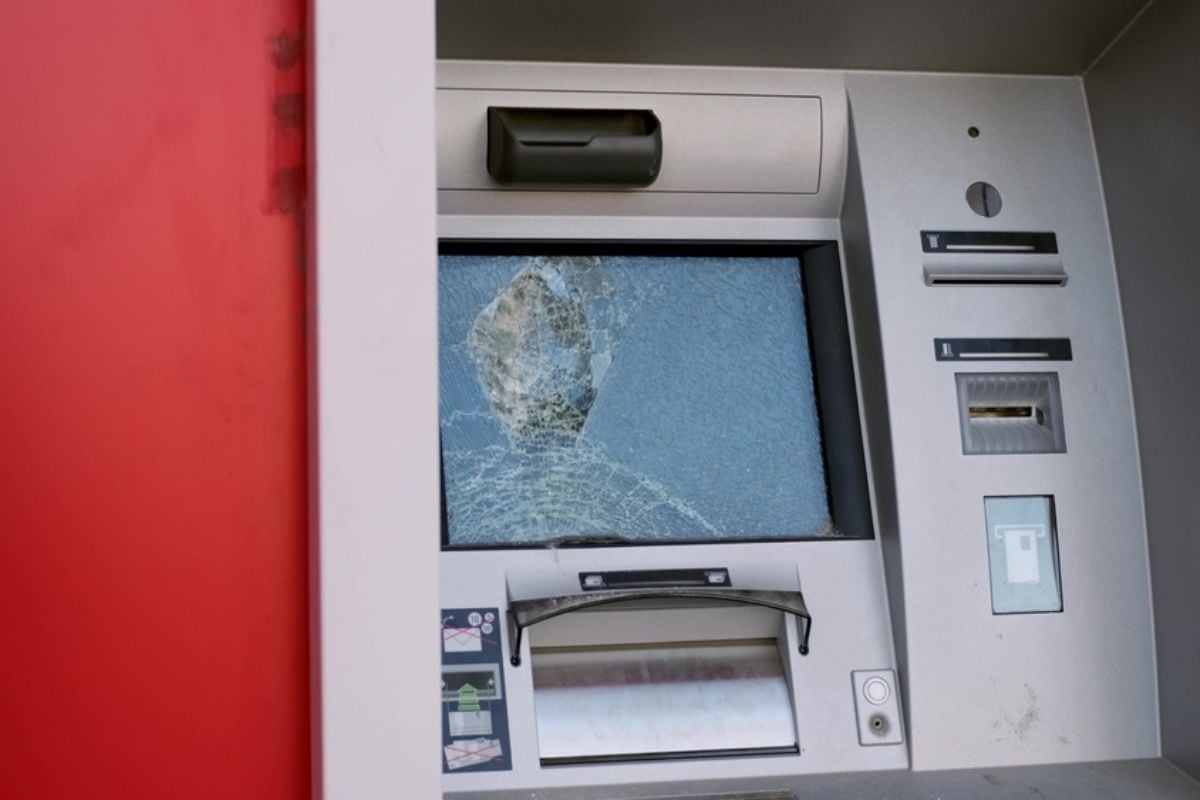
When small stores keep getting burglarized or machines like ATMs or laundromats are broken into, it shows criminals feel confident. These businesses are often targeted because they’re easy to access and usually hold some cash. Smash-and-grab robberies, especially with cars or tools, mean offenders are becoming bolder. If shopkeepers aren’t upgrading their security, more attempts are likely to follow.
21. Neighbors all adding cameras and heavy locks
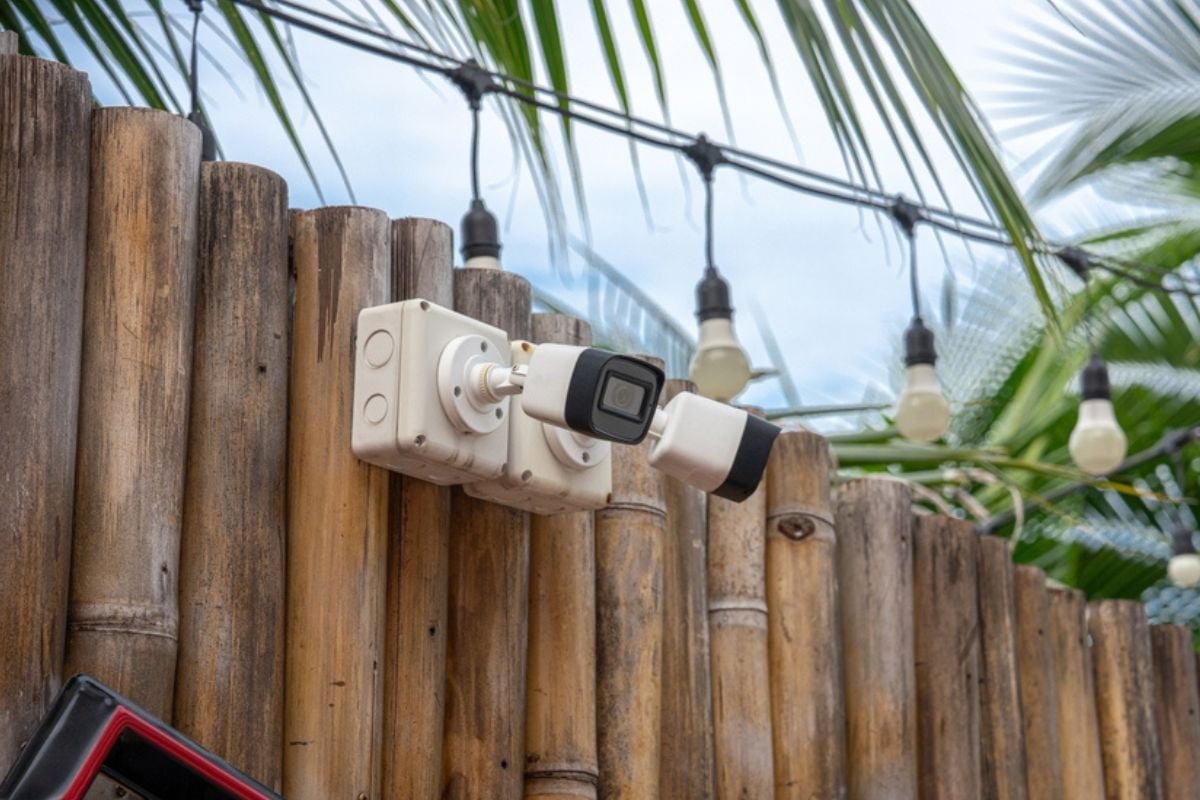
When several houses on the same block suddenly install cameras, floodlights, and extra locks, it means residents feel unsafe. While this can help deter crime at individual homes, it often pushes criminals toward less protected houses nearby. If neighbors coordinate their efforts—like through a neighborhood watch—the changes are more effective. But if everyone’s acting alone, it’s usually a sign they’re worried about crime climbing.
20. Frequent move-outs and lots of short-term rentals
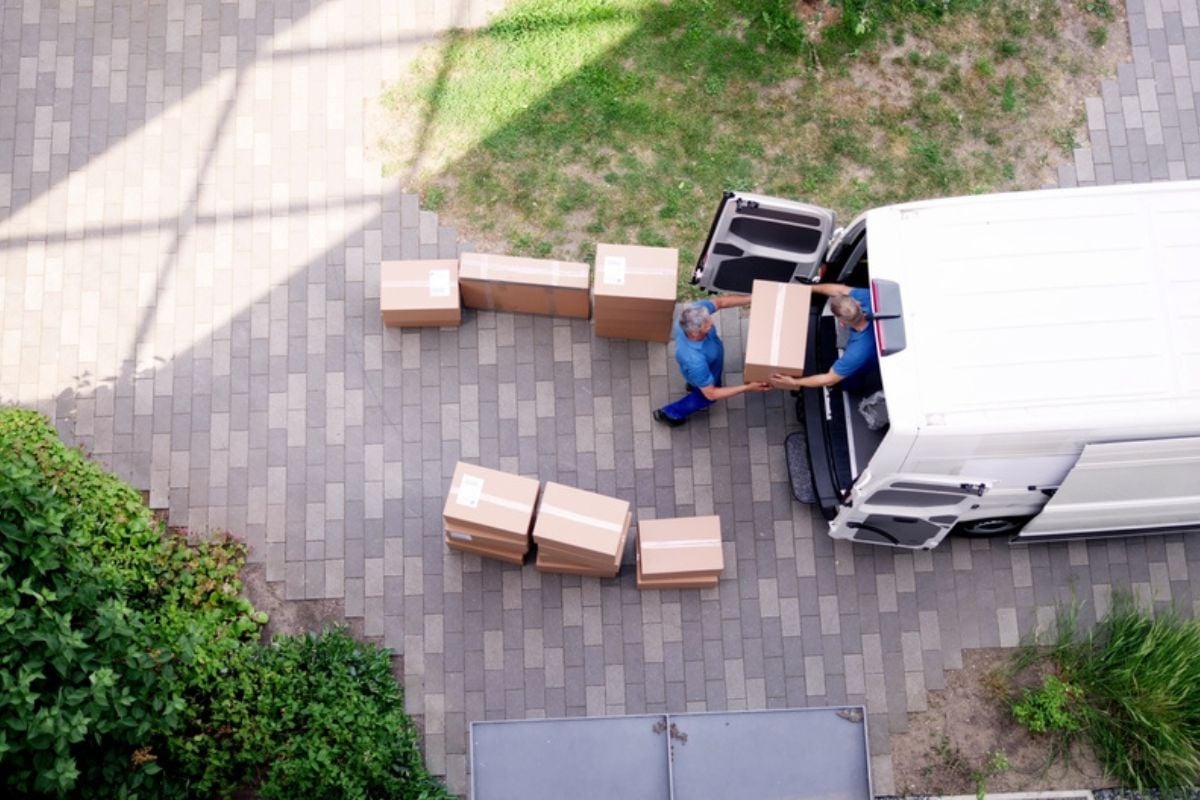
When tenants change constantly, people don’t get to know their neighbors, and that weakens the sense of community. More short-term rentals also mean strangers coming and going, which makes it harder to spot unusual behavior. These shifts often lead to more package thefts, car break-ins, and even conflicts. If you notice lots of moving trucks or Airbnb-style rentals, it could be a warning sign.
19. Marketplace meetups turning into robberies
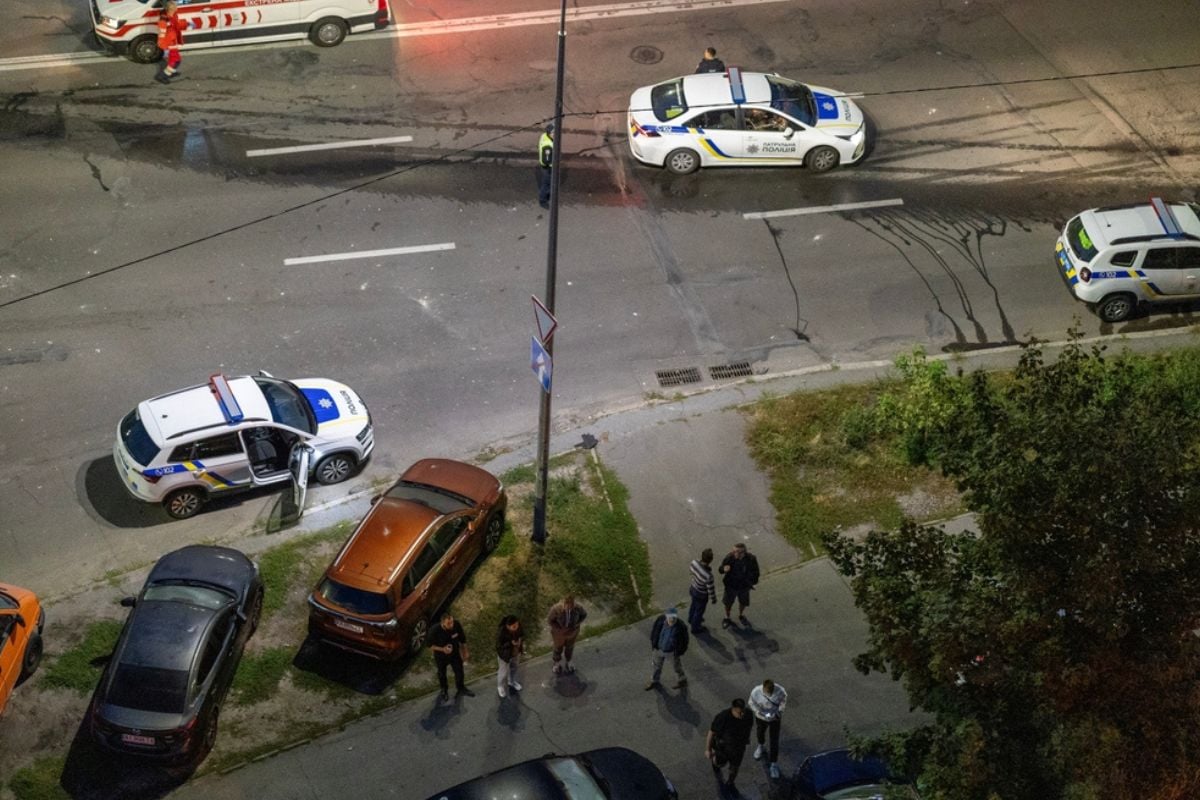
Online sales gone wrong are a growing problem—meeting strangers in parking lots sometimes ends in theft or assault. Once criminals realize this trick works, they often keep targeting the same spots. Some cities fight back by creating “safe exchange zones” near police stations. If you see stories of marketplace meetups gone bad nearby, take extra precautions and push for monitored meeting areas.
18. Parks changing from family use to late-night gatherings
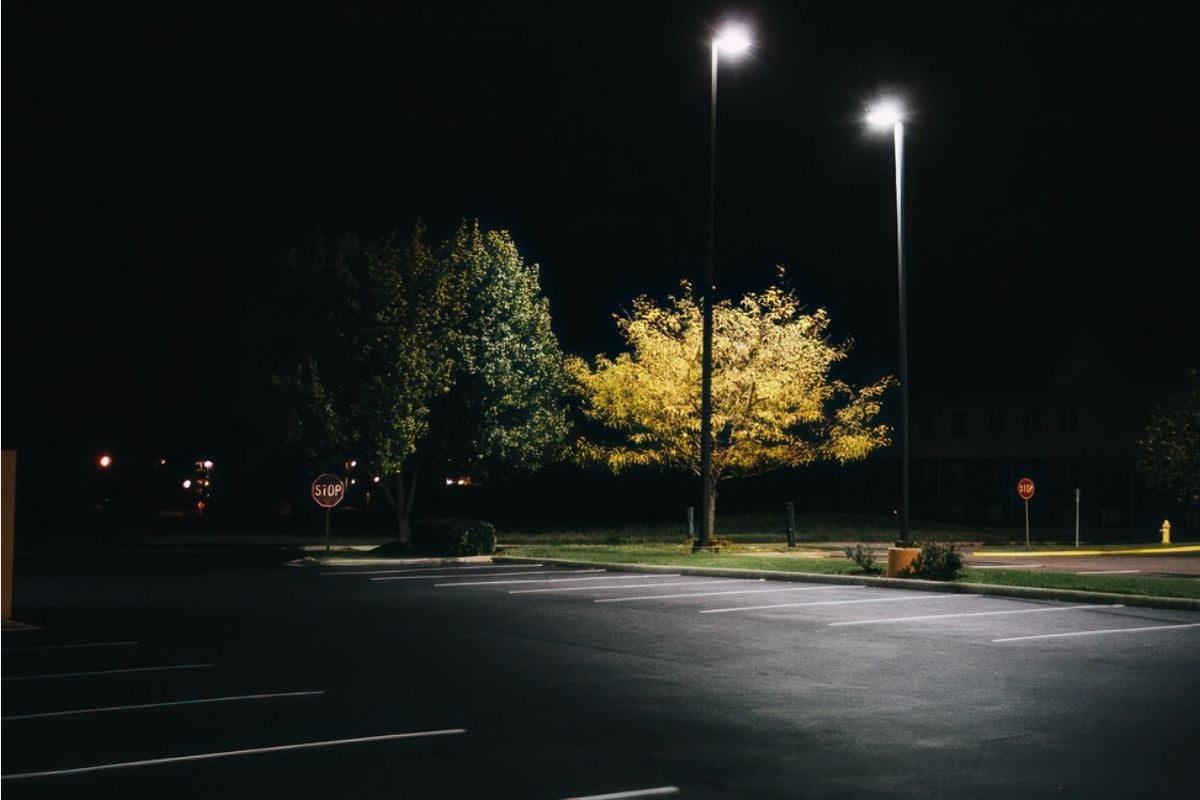
A park that’s busy with kids and dog walkers during the day but crowded with groups late at night can quickly become a hotspot for problems. Noise, trash, fights, and theft are common when the crowd changes. Regular visitors who make parks safer by their presence often stop coming, which only makes the problem worse. Visit a park at different times of day to get a full picture of how it’s used.
17. Security equipment broken or stolen
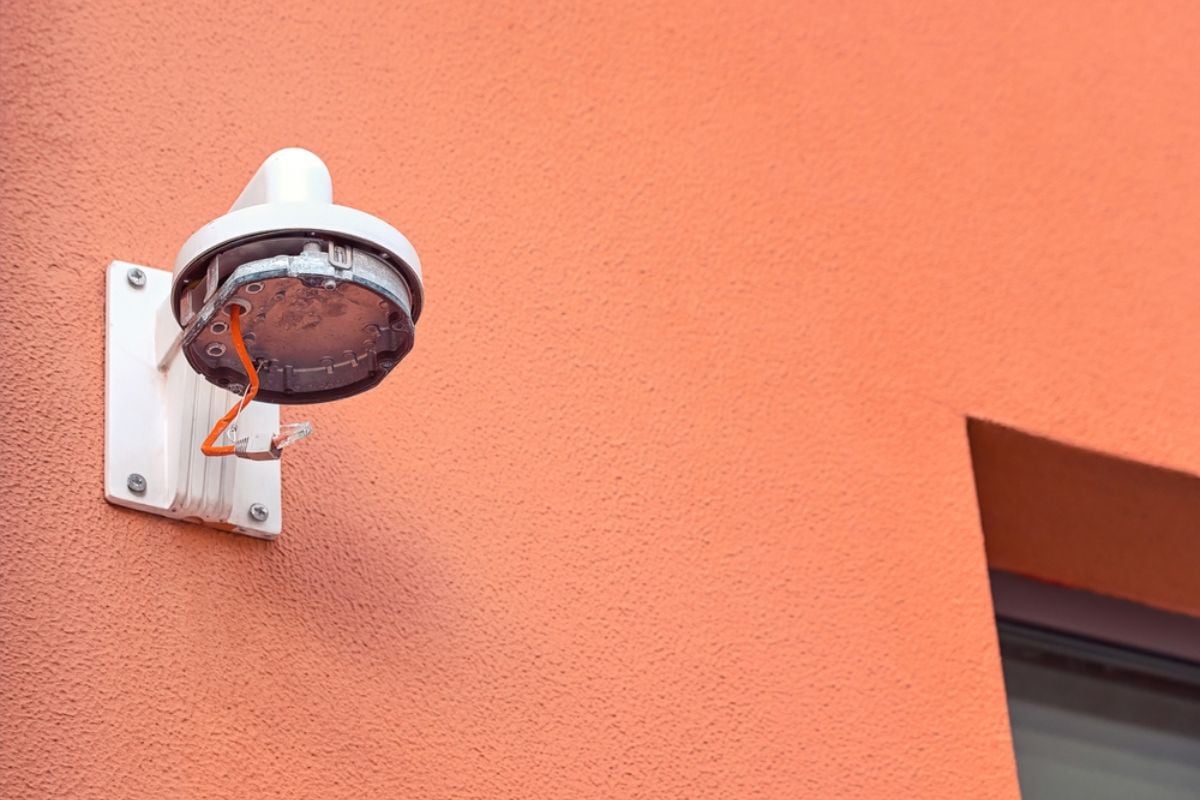
When fences keep getting cut, lights go out, or cameras are stolen, it usually means someone is trying to make the area easier to target. Broken or missing security isn’t random—it’s often preparation for repeat crimes. How quickly those things are fixed makes all the difference. Slow repairs give criminals a clear window to act without much fear of being caught.
16. Metal thefts and construction-site burglaries
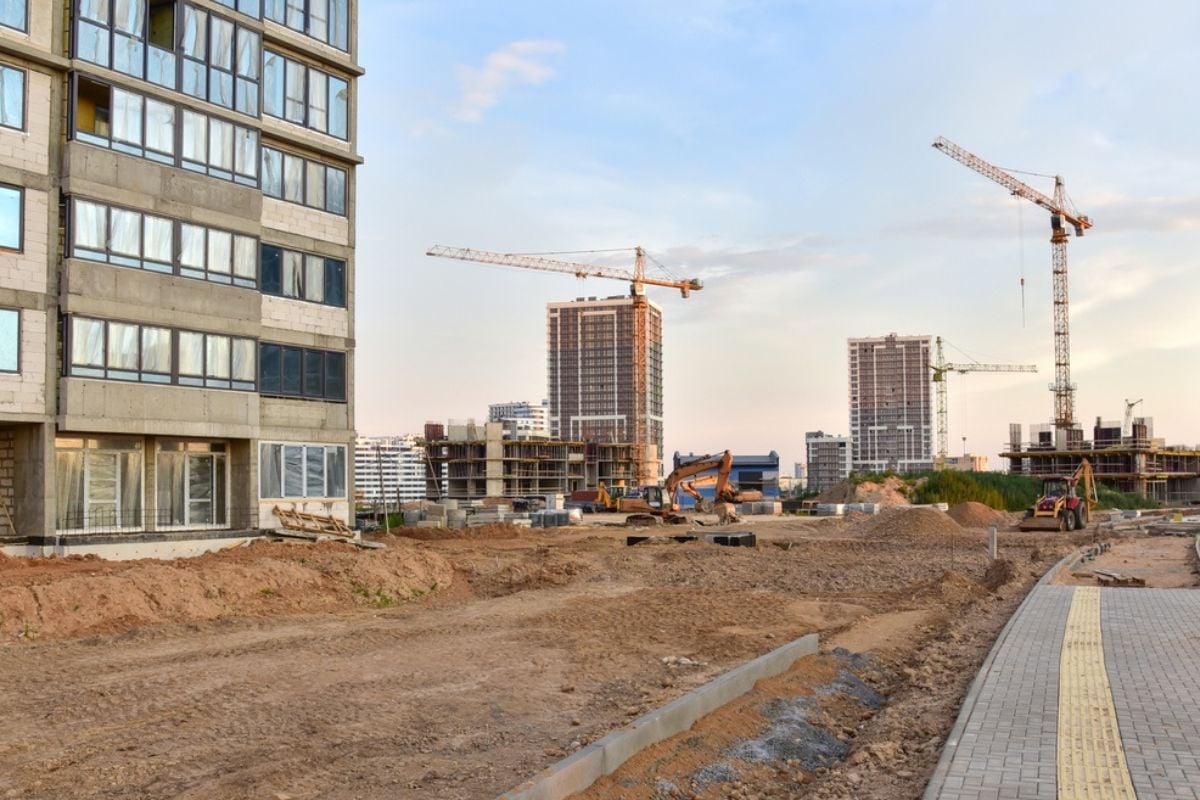
Copper pipes, HVAC units, and building materials are popular targets because they’re valuable and easy to resell. Construction sites are especially tempting since they’re often dark, empty at night, and full of tools. Once one site is hit, others nearby usually follow. Developers who add lights, alarms, and locked storage tend to slow this pattern, so look for those upgrades.
15. More gunfire reports or shell casings found
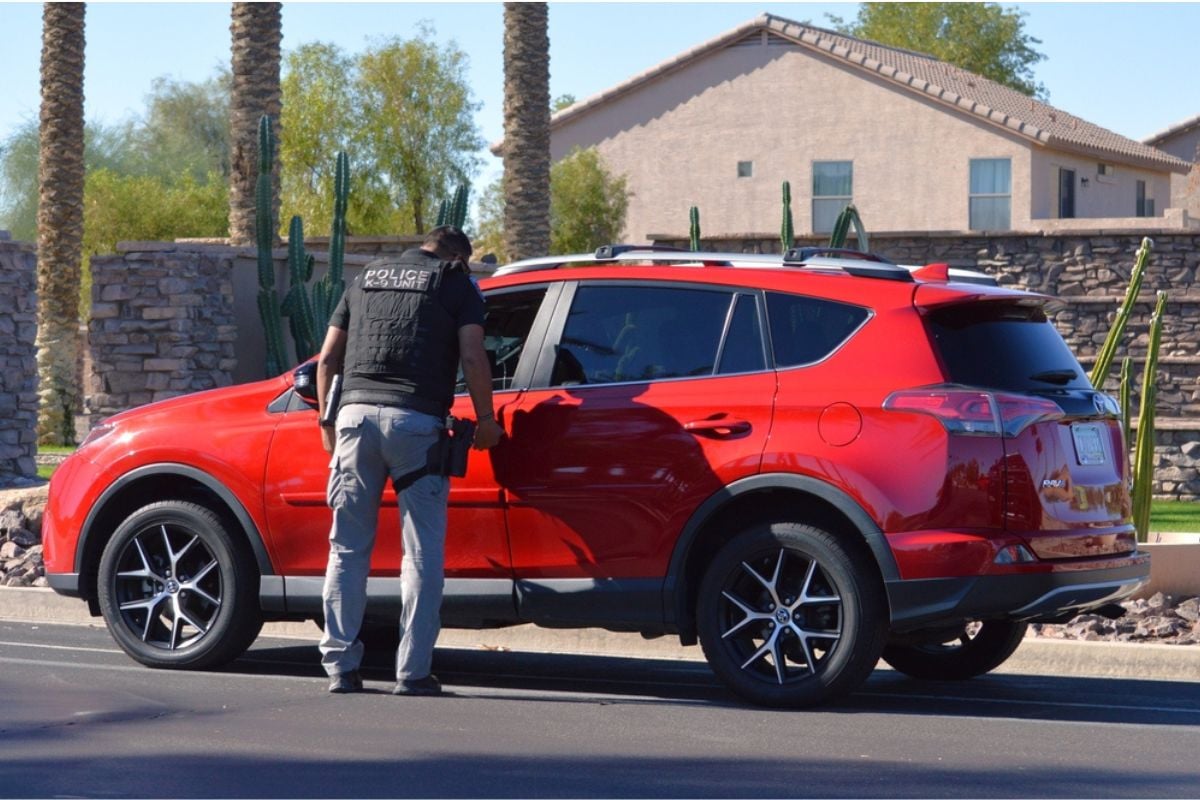
Hearing gunshots or finding shell casings on the ground, especially after weekends, is one of the clearest signs that crime is escalating. These reports often show up in calls to police before they appear in official crime data. Gunfire scares people indoors, which reduces natural safety from having neighbors outside. Communities that respond with patrols, technology, or violence-prevention programs tend to recover faster.
14. Fights or assaults near late-night venues
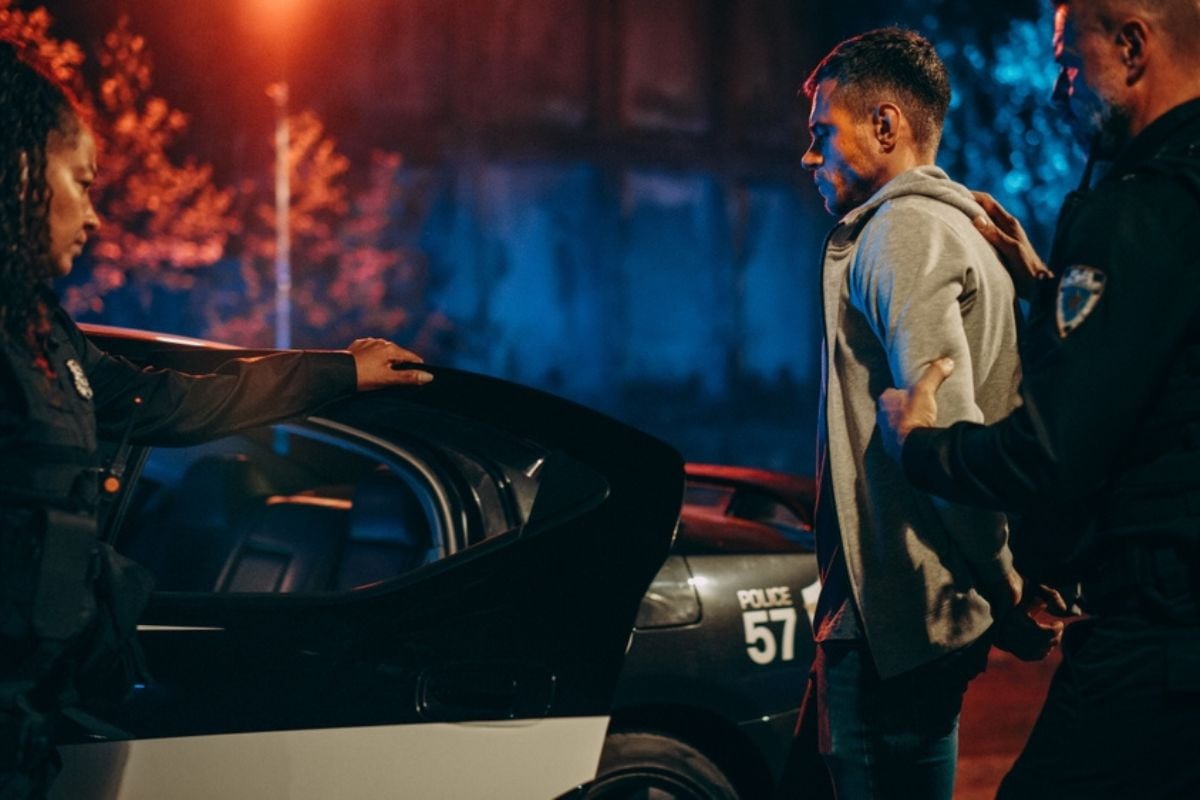
Bars, nightclubs, and late-night party houses can attract trouble if they’re not managed well. Closing-time crowds often spill into the street, leading to fights, noise, or worse. Some venues work with police and neighbors to prevent problems, but others don’t. If the same addresses show up repeatedly in reports, it’s a pattern worth noting.
13. Cuts to youth centers, libraries, and rec programs

When after-school and evening programs shrink or close, kids and teens lose safe places to spend time. With fewer options, groups often gather in less supervised places like streets, parking lots, or parks. That shift can lead to more vandalism, theft, or fights. Watching for service cuts is important—they often lead to problems later on.
12. More truancy and school incidents
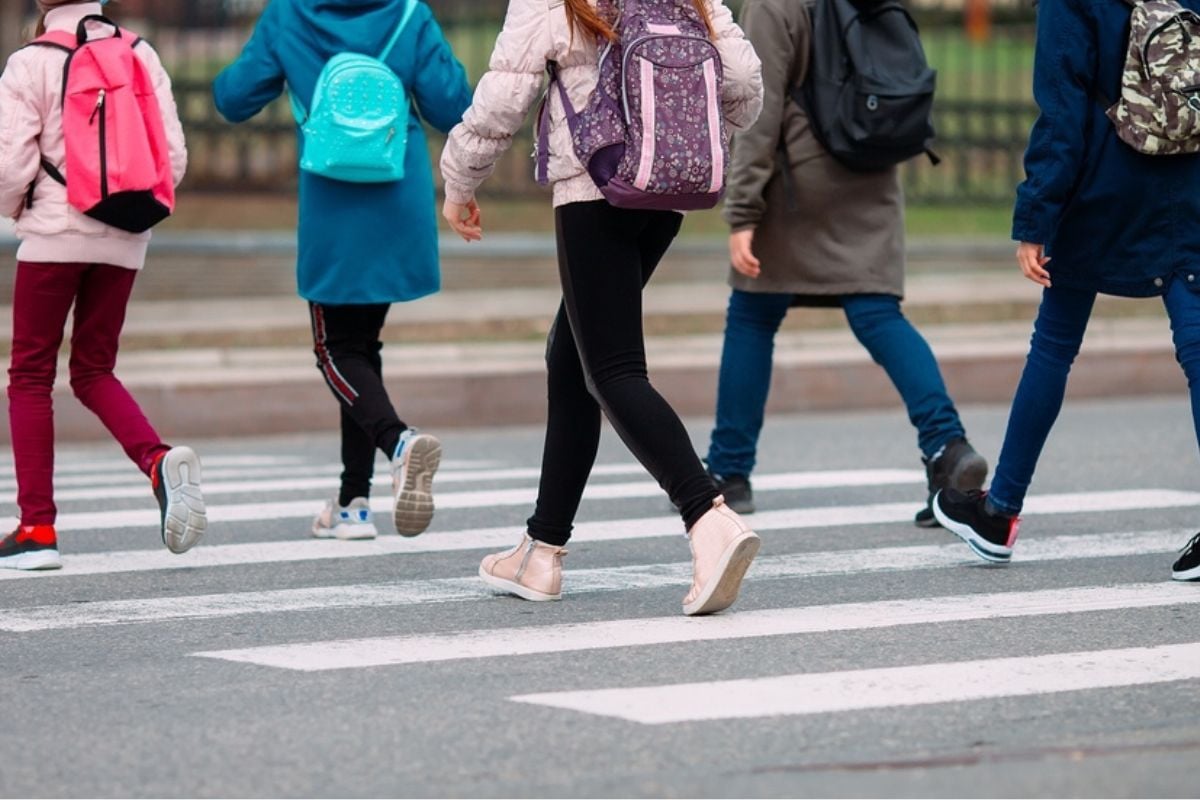
If kids are skipping school more often, it means more unsupervised youth are hanging out during the day. This can increase petty theft, fights, and vandalism in nearby neighborhoods. School incident reports are usually faster indicators than police stats. Keep an eye on those records—they’re often the first sign of trouble spilling out after class.
11. Open drug dealing or constant short visits to one house
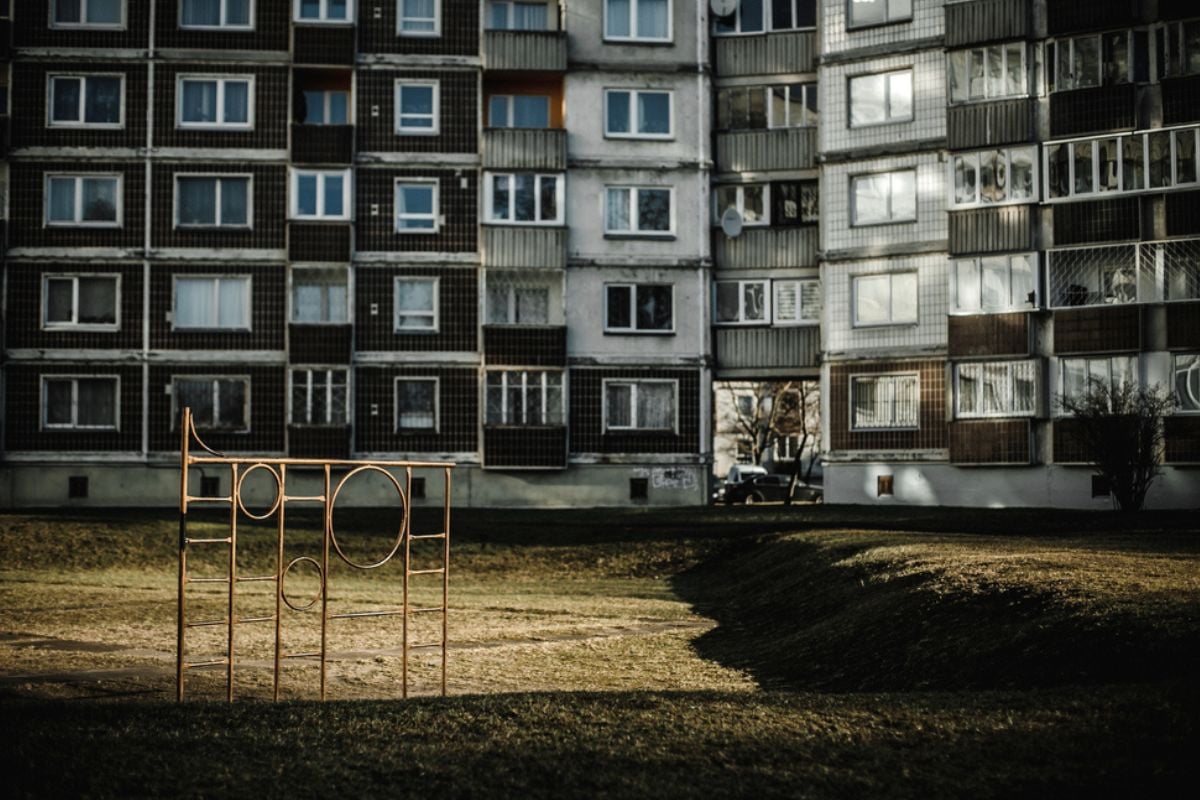
If cars or people keep making quick stops at the same address, it’s often a sign of drug activity. These houses attract more crime, including thefts and disputes. Security cameras alone don’t usually solve the problem—landlord involvement and police attention are often needed. If you’re considering buying nearby, it’s smart to visit at different times of day to see what really goes on.
10. Abandoned or stolen cars sitting on the street
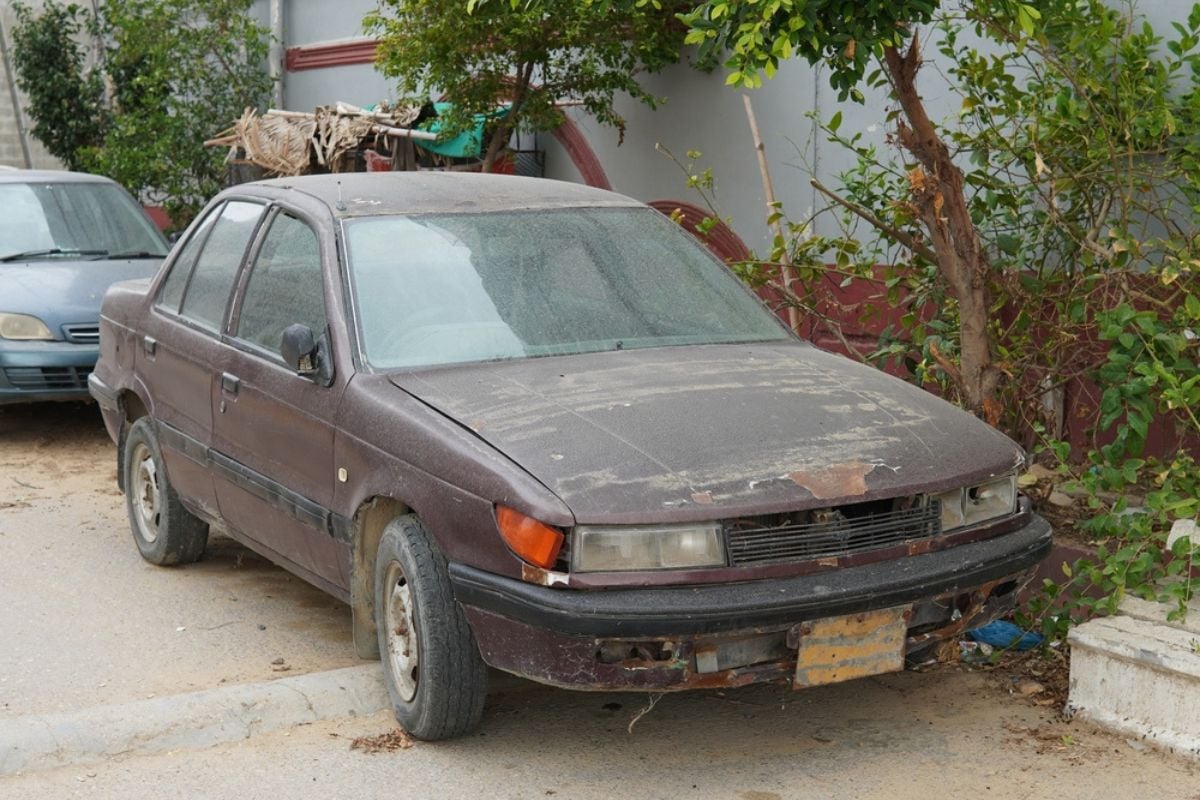
Cars left for days or weeks without moving are often stolen or dumped after crimes. They make streets look poorly monitored and can even provide cover for more illegal activity. If police or towing services don’t remove them quickly, it signals slow enforcement. Residents working together to report and track abandoned cars can make a big difference.
9. Catalytic converter and wheel thefts spreading
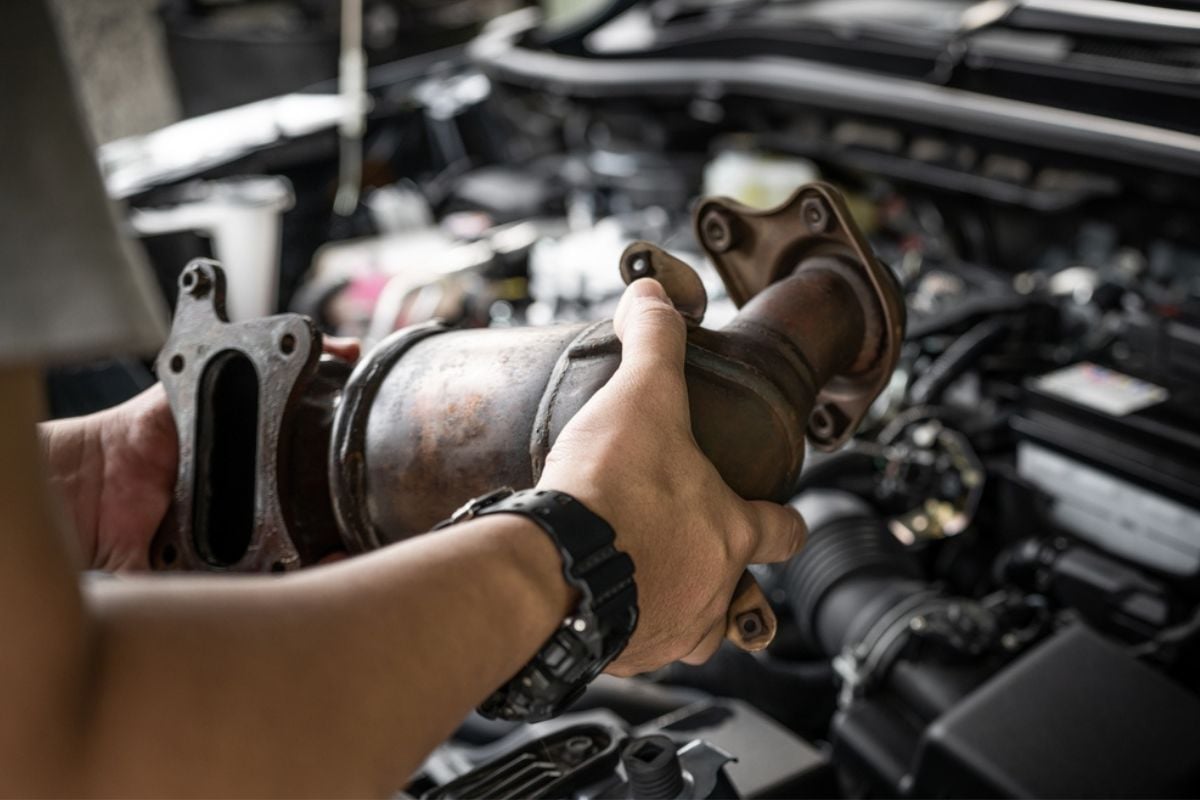
These kinds of car parts thefts usually happen quickly and at night, often by organized groups. Once they start in one area, nearby blocks are often hit next. Criminals target certain car models, dark streets, and poorly watched parking areas. Adding lighting and security cameras can reduce risk, but once these crimes spread, they often point to bigger problems with property crime.
8. More code violations and visible neglect

Broken windows, piles of trash, and overgrown yards aren’t just ugly—they send a message that no one is watching. This lowers the sense of risk for criminals and makes neighborhoods easier targets. When cities can’t keep up with complaints, problems multiply quickly. Walking alleyways and side streets is often the fastest way to spot these red flags.
7. Shops adding bars or closing earlier
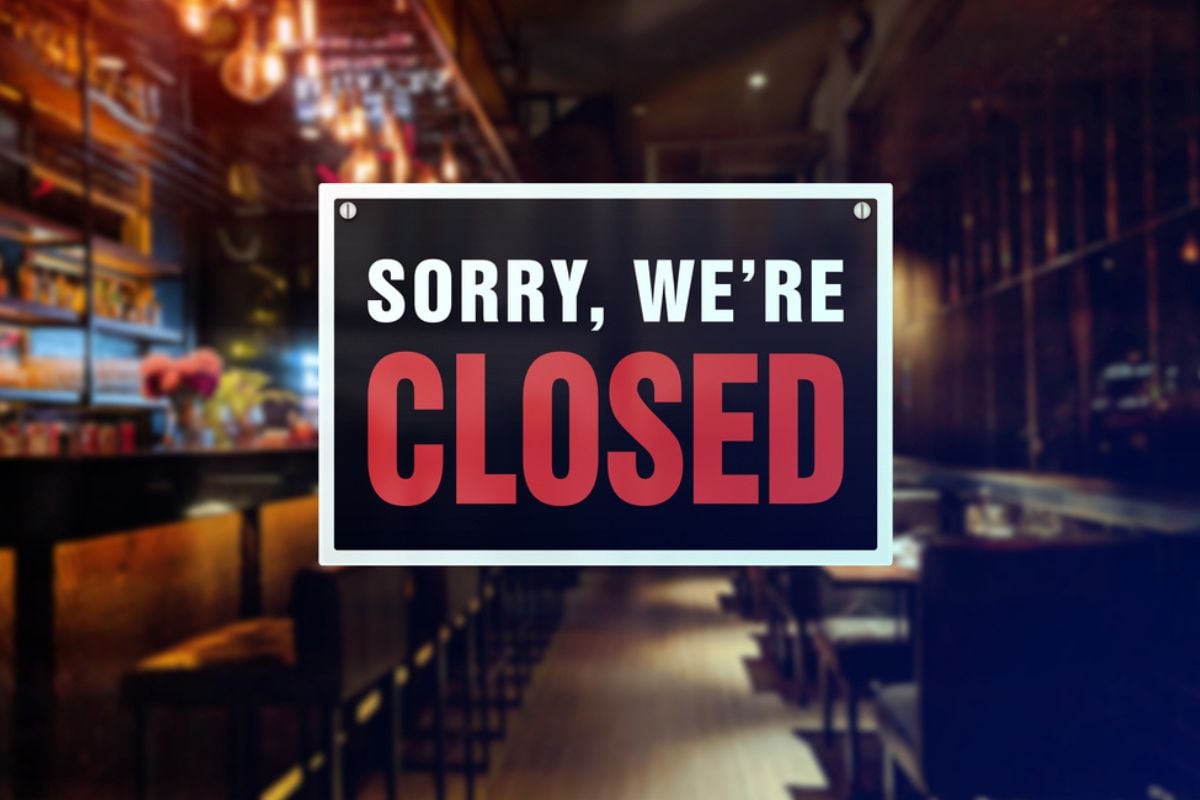
Local businesses are often the first to notice rising crime. If stores suddenly add bars on their windows, lock up merchandise, or close hours earlier, it means theft or threats are increasing. This leaves streets emptier at night, which makes crime more likely to happen. Pay attention if multiple shops on the same block are making these changes—it’s rarely random.
6. Vacant or foreclosed homes piling up

Empty houses are magnets for trespassing, theft, and squatting. When several appear on the same street, it weakens the neighborhood and drives down property values. Overgrown lawns, boarded windows, and piles of mail show that no one’s watching. Checking local foreclosure lists can reveal if this is a growing problem.
5. Streetlights staying out
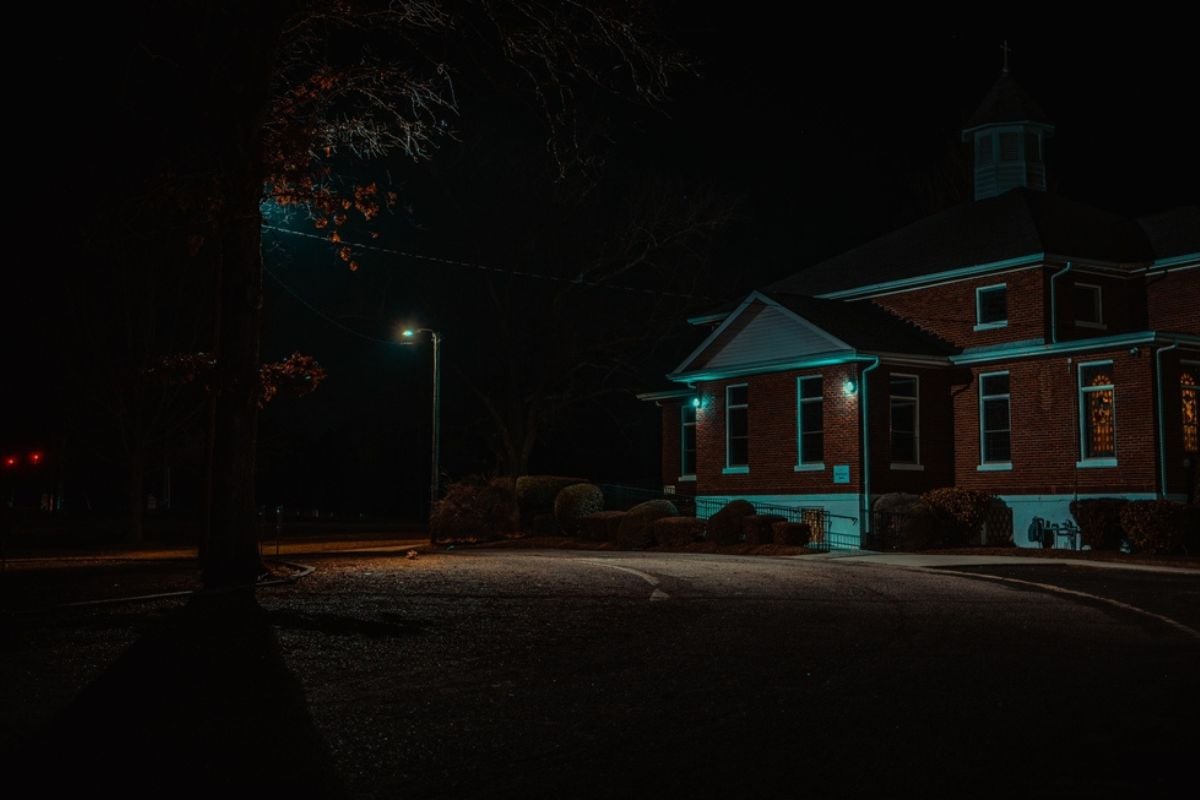
Dark streets make it much easier for criminals to act without being seen. Broken lights that aren’t repaired quickly are a clear sign of weak upkeep and monitoring. Darkness also makes cameras less effective. If you’re looking at a property, always check the block after sunset—it tells you a lot more than a daytime visit.
4. Graffiti that keeps coming back
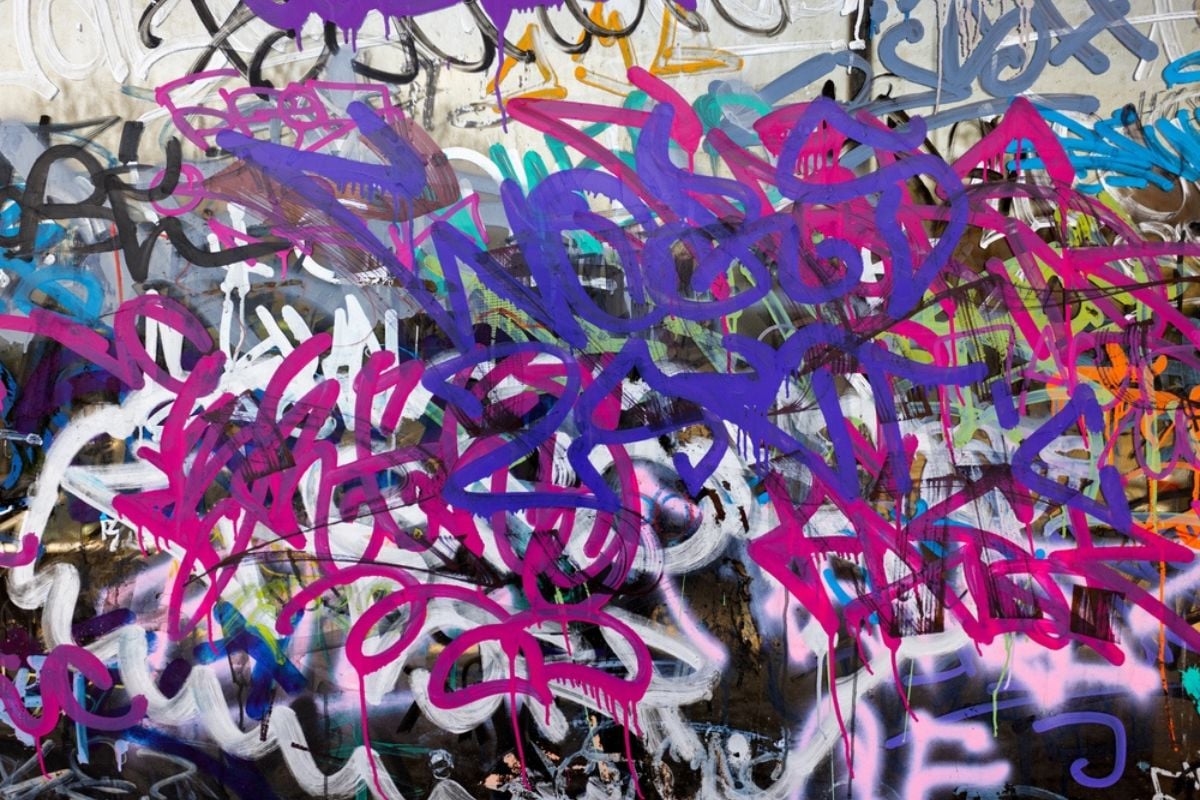
Graffiti itself isn’t always linked to violent crime, but when tags reappear right after cleanup, it shows there’s little control over public spaces. It can also attract more vandalism and signal to criminals that the area isn’t well monitored. Quick cleanup usually discourages it, while delays send the opposite message. Pay attention to how fast graffiti gets removed—it’s a good test of neighborhood response.
3. More car break-ins and package thefts

When stolen packages and smashed car windows start showing up on neighborhood apps or security camera feeds, it’s rarely just one-off bad luck. Thieves copy what works, and soon the same block gets hit again and again. The jump from one or two incidents to many across nearby streets is when things get serious. Watch for patterns on local apps—they often show problems before official reports.
2. Slower police response and fewer patrols
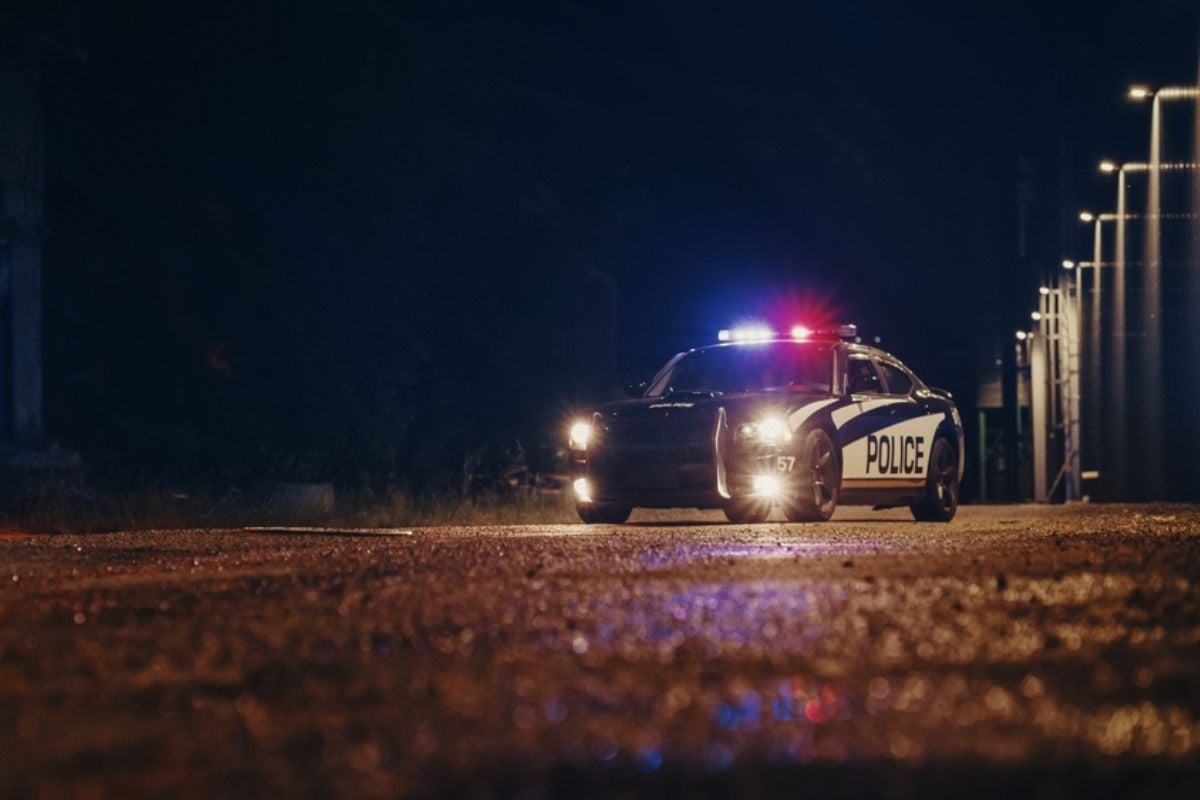
If it feels like police aren’t around as much and take longer to respond, it usually means they’re stretched thin. Criminals notice this quickly and take advantage. Visible patrol cars and fast responses discourage bad behavior, so their absence has the opposite effect. If you’re worried, ask your local department for response time data or crime updates—they usually share them publicly.
1. More 911 and non-emergency calls
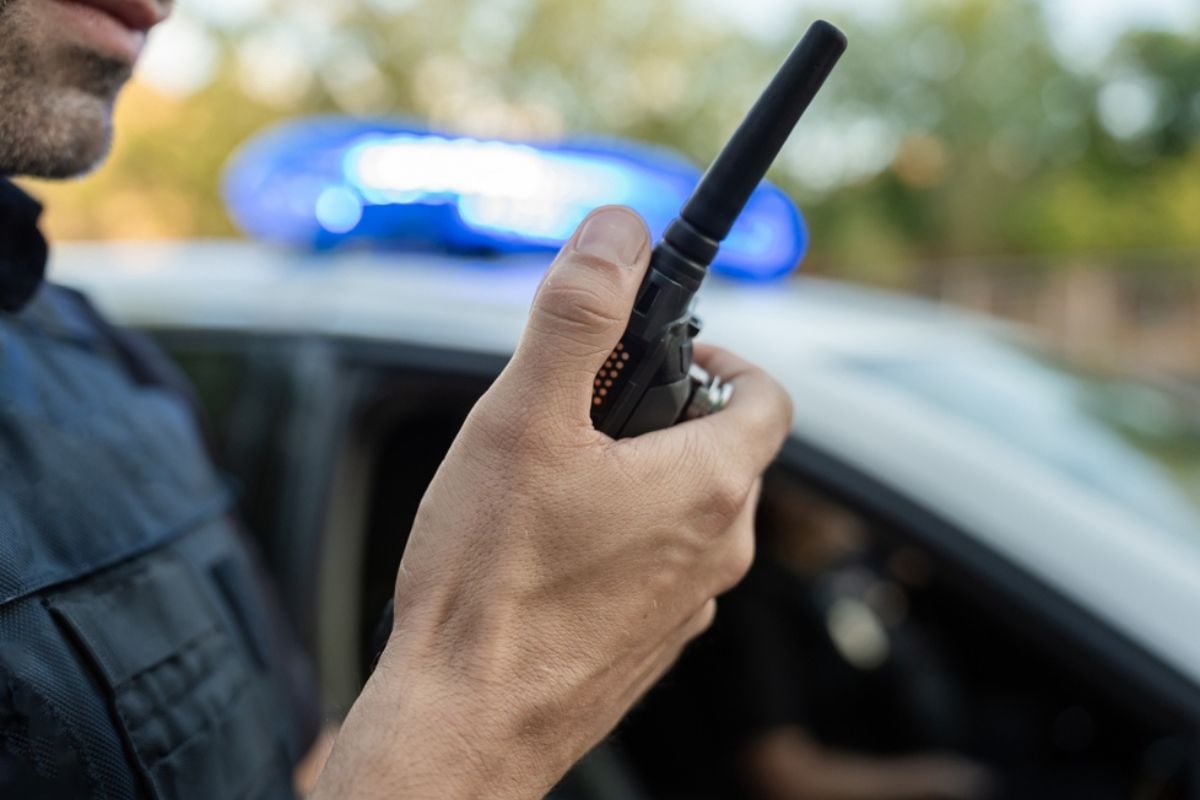
When neighbors are calling in more reports about disturbances, suspicious activity, or gunfire, it’s a clear early warning. Call data often shows what people are experiencing long before official crime numbers are published. A steady rise in calls usually reflects real issues building on the ground. If you see this happening, it’s time to ask questions, get involved, and stay alert.

